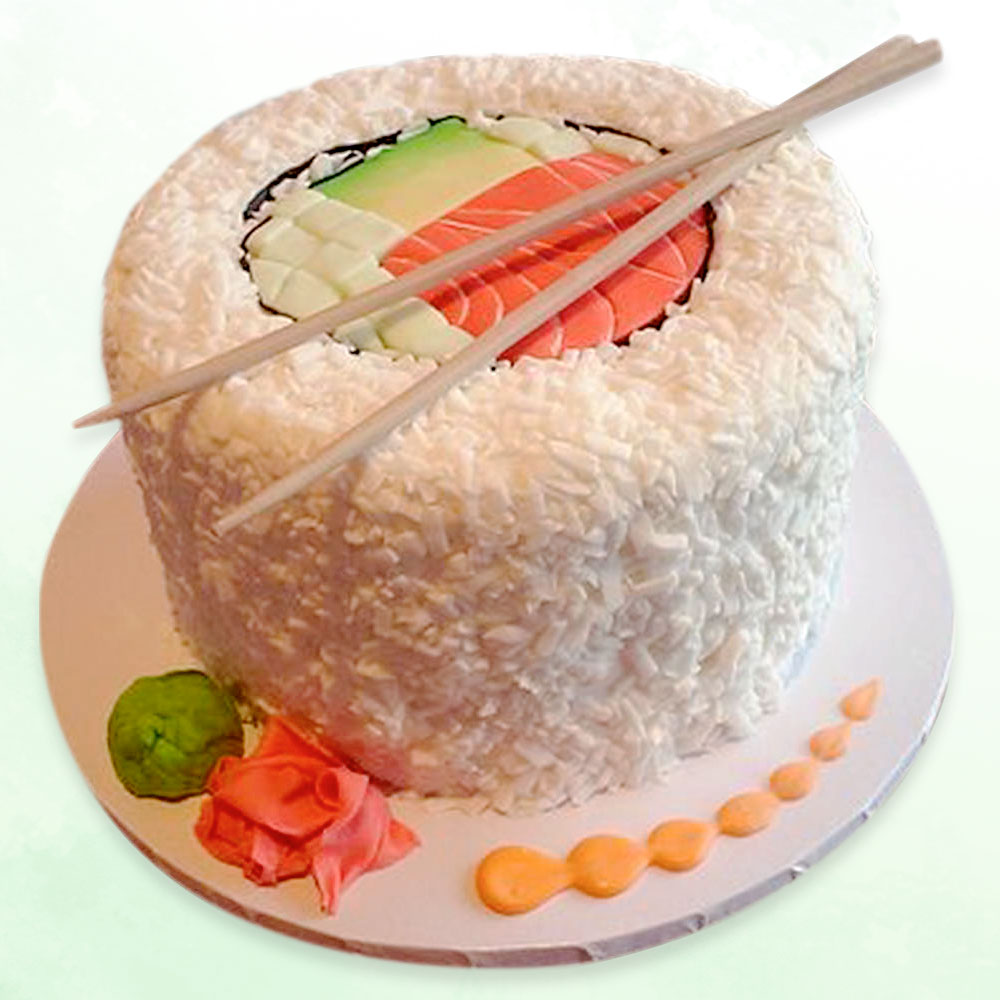Why Decorators Boost Python Coding Efficiency
Python developers often seek ways to write more efficient, readable, and maintainable code. One of the most powerful yet underappreciated features in Python is the decorator. Decorators provide a clean way to add behavior to functions or methods without changing their code directly. This post dives deep into the world of decorators, explaining how they can significantly boost your Python coding efficiency and streamline your development process.
What Are Decorators?
At their core, decorators are higher-order functions that take another function as input and extend or alter its behavior. Here’s how you might picture a decorator:
def decorator_function(original_function): def wrapper_function(*args, kwargs): # Do something before the function call result = original_function(*args, kwargs) # Do something after the function call return result return wrapper_function@decorator_function def greet(name): print(f”Hello, {name}!“)
greet(“Alice”)
⚠️ Note: In the above example, the `greet` function is modified by the `decorator_function` without altering its original code.
Why Use Decorators?
- Modularity: They allow you to modularize repetitive code into reusable snippets.
- Function Decorating: They enable you to modify functions by applying them at the time of definition.
- Logging and Profiling: Easy to implement with decorators for logging function calls or measuring performance.
- Access Control: They can control who can execute functions or under what conditions.
Implementing Decorators
Let’s delve into how decorators work with some practical examples:
Logging Example
import loggingdef log_function_call(func): def wrapper(*args, kwargs): logging.info(f”Function {func.name} called with args: {args} kwargs: {kwargs}“) result = func(*args, kwargs) return result return wrapper
@log_function_call def add(x, y): return x + y
print(add(3, 4)) # Output: 7
Here, the `log_function_call` decorator logs each call to the `add` function.
Timer Example
import timedef timer_decorator(func): def wrapper(*args, kwargs): start_time = time.time() result = func(*args, kwargs) end_time = time.time() print(f”Function {func.name} took {end_time - start_time} seconds to execute.“) return result return wrapper
@timer_decorator def long_running_function(): time.sleep(5)
long_running_function()
⏱️ Note: This decorator prints out how long it took for the function to execute, which can be useful for performance analysis.
Authentication Example
def authenticate(func): def wrapper(*args, kwargs): if not user_is_authenticated(): raise PermissionError(“User not authenticated.”) return func(*args, kwargs) return wrapper@authenticate def sensitive_operation(): # Code for a sensitive operation here pass
sensitive_operation()
Here, the `authenticate` decorator checks for user authentication before allowing the function to proceed.
Chaining Decorators
You can even chain decorators to apply multiple transformations or behaviors to a single function:
@log_function_call @timer_decorator def complex_operation(x, y): # Some complex computation here return x y
complex_operation(2, 3)
Class-Based Decorators
While function-based decorators are common, class-based decorators can provide more functionality, particularly when state preservation is needed:
class Decorator: def init(self, func): self.func = funcdef __call__(self, *args,kwargs): print(f"Executing {self.func.__name__}") return self.func(*args, **kwargs)@Decorator def say_hello(name): print(f”Hello, {name}“)
say_hello(“Bob”)
🔑 Note: Class-based decorators can maintain state across calls, which function-based decorators cannot.
Understanding Decorator Syntax
The @ syntax is merely syntactic sugar for:
greet = log_function_call(greet)
Where log_function_call is the decorator, and greet is the decorated function.
The benefits of decorators are numerous:
- Code Readability: They make the intent of your code clearer by attaching behavior at the function definition level.
- Reusability: Decorators are highly reusable across different functions without code duplication.
- Flexibility: They offer a way to modify or extend the behavior of existing functions or classes without subclassing or changing their source code.
In this modern era of Python development, where clean, efficient, and maintainable code is a priority, decorators serve as a fundamental tool in the arsenal of Python developers. Whether you're logging, timing, securing functions, or simply trying to keep your codebase organized, decorators provide a path to cleaner, more efficient Python coding.
Can I use multiple decorators on the same function?
+Yes, you can chain multiple decorators to apply several behaviors to a single function. The order of decorators matters; the closest decorator to the function runs first.
What’s the advantage of using decorators over regular functions?
+Decorators offer a way to modify or extend functions or classes without changing their source code, promoting code reusability, readability, and modularity.
Are decorators only for functions or can they be used for classes?
+While most commonly used with functions, decorators can also be used with classes or even methods within classes to alter their behavior.



